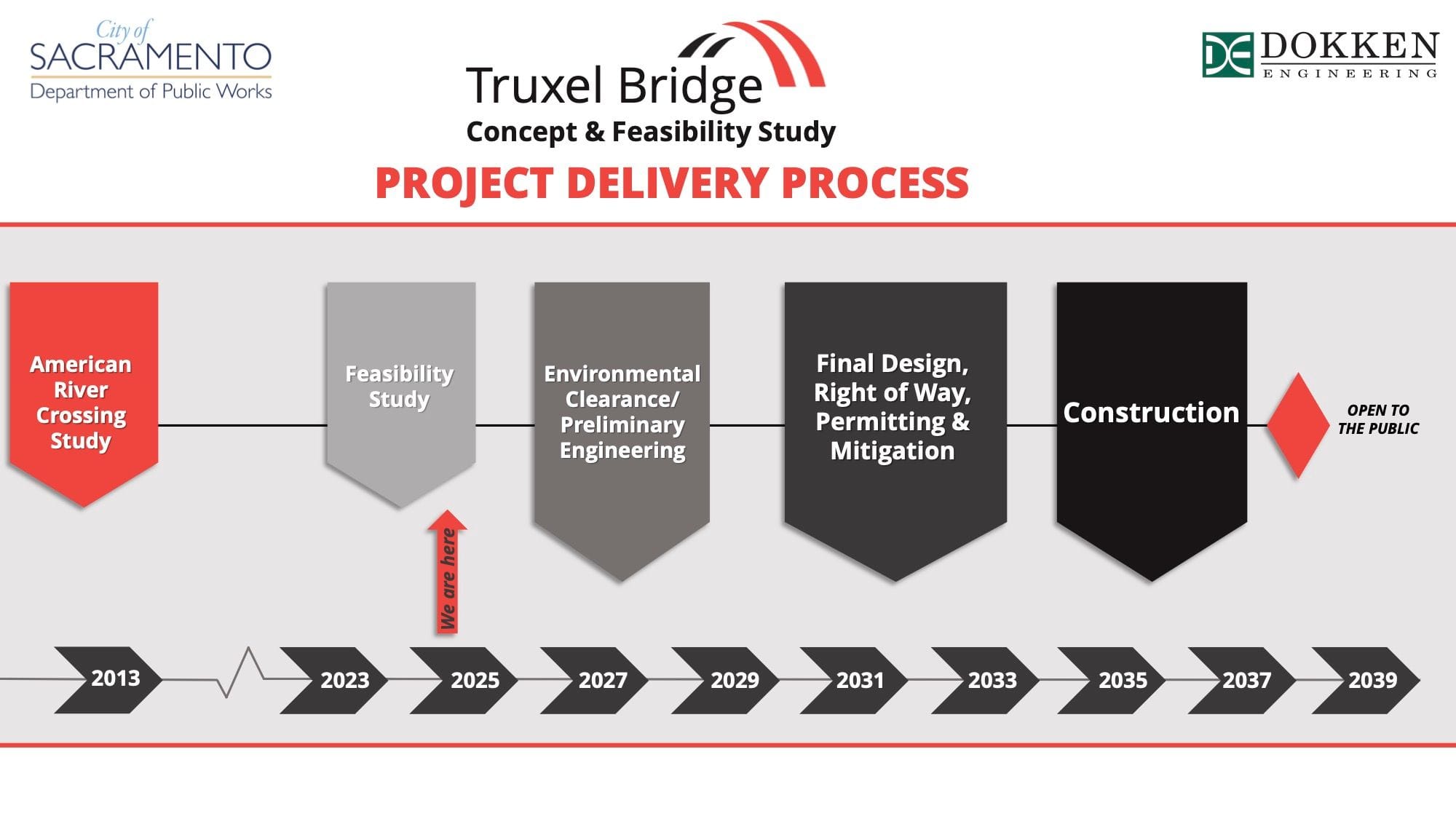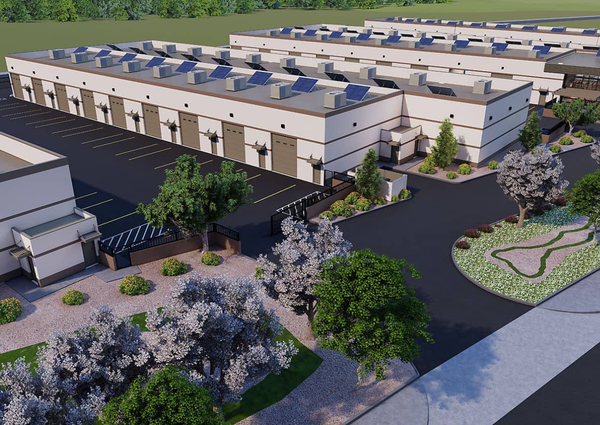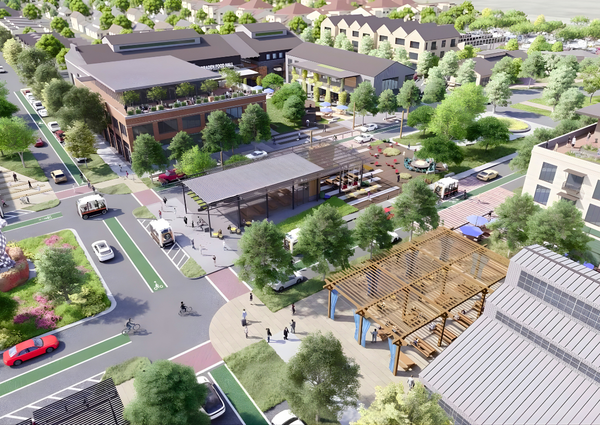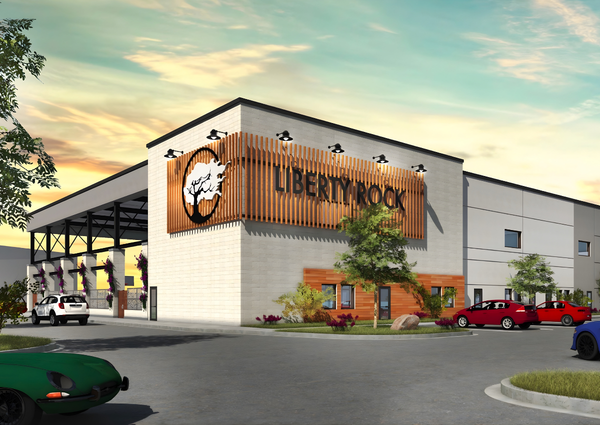Truxel Bridge proposal moves forward as city seeks public feedback on alternatives.
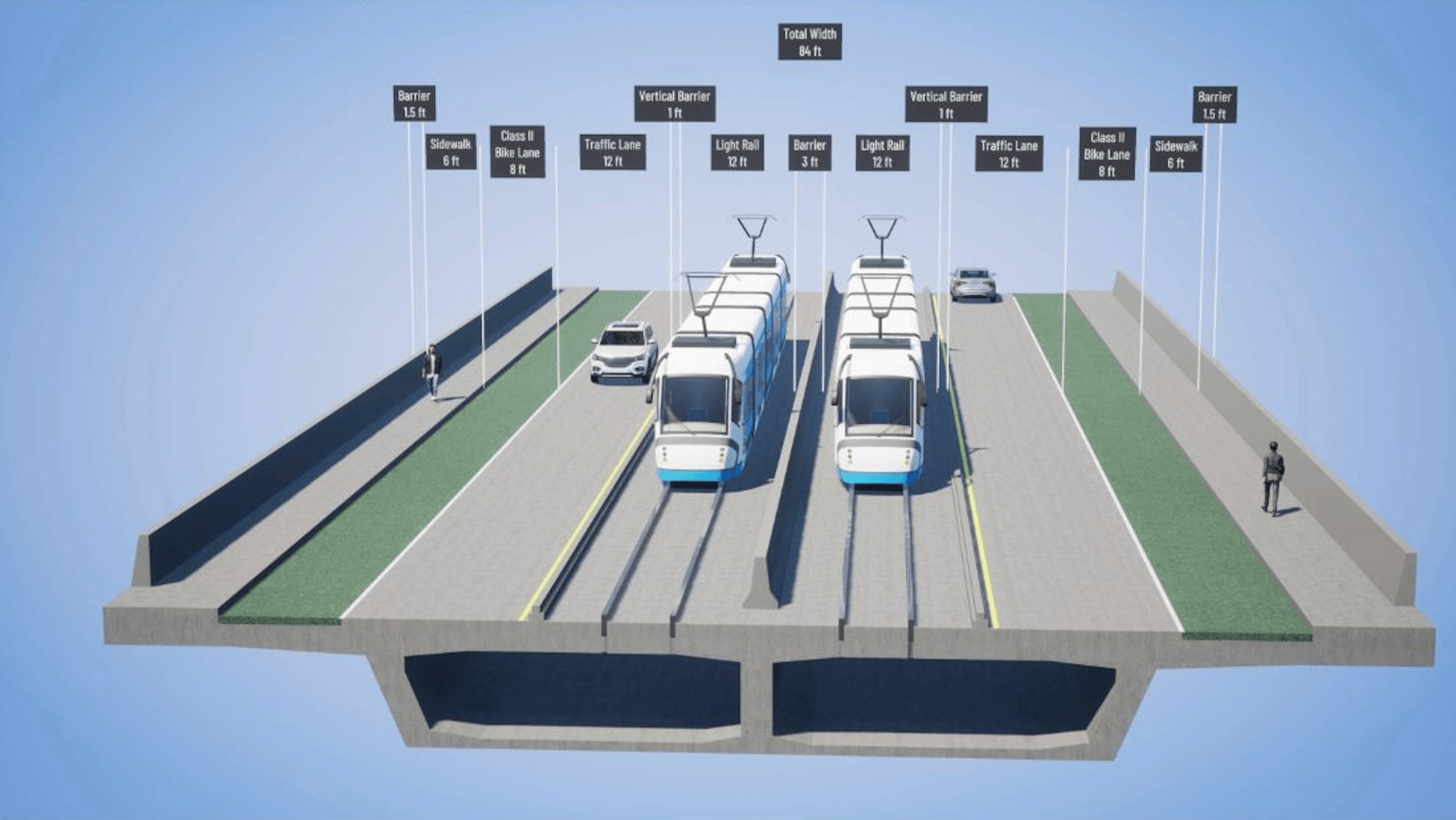
After more than a decade of planning, the proposal to construct a new bridge connecting Natomas to downtown Sacramento is advancing, but construction is unlikely to start soon, with the bridge expected to open no earlier than 2037.
Earlier this month, the city held an open house to gather community feedback on four proposed alternatives for a new multi-modal bridge spanning the lower American River between Truxel Road and Sequoia Pacific Boulevard.
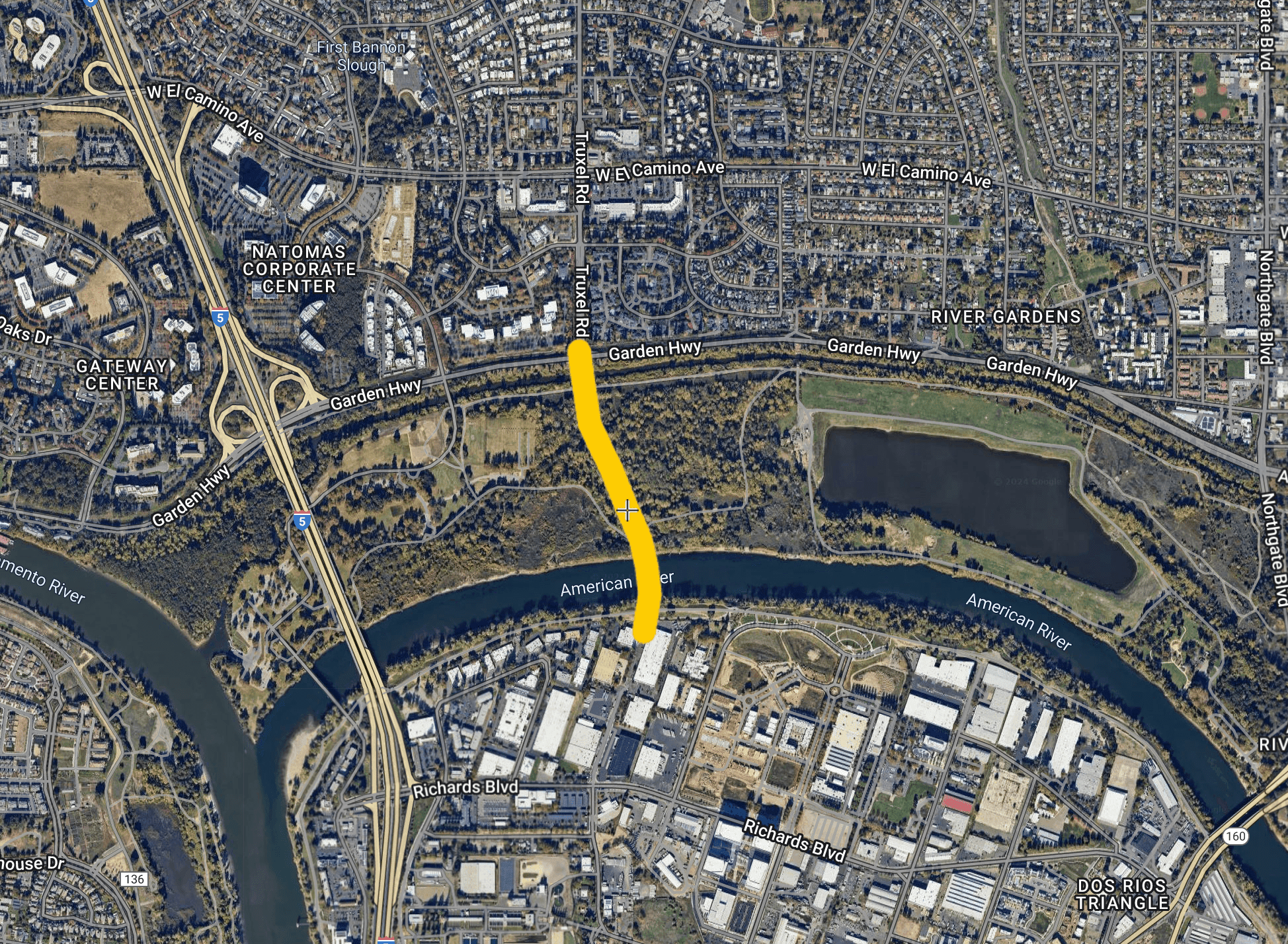
The Truxel Bridge is intended to provide an alternative to the often-congested Interstate 5, which currently serves as the main connection between the Central City and the Natomas area. Unlike I-5, the Truxel Bridge will accommodate pedestrians, cyclists, and public transit, potentially extending to Sacramento International Airport in the future.
The bridge is also expected to help reduce vehicle miles traveled, lowering greenhouse gas emissions by offering multiple travel options and providing a more direct route.
The first alternative proposes two 12-foot light rail transit lanes, two 12-foot vehicular lanes, an 8-foot Class II bike lane, and a 6-foot sidewalk in each direction.
The second alternative features two 12-foot mixed-use lanes, with a 12-foot left-turn lane in the center, 8-foot shoulders on either side, and a Class I bike lane.
Both the third and fourth alternatives include two 12-foot light rail transit lanes, two 12-foot vehicular lanes with 6-foot shoulders on each side, a 12-foot bicycle track, and a 10-foot sidewalk on one side, with a 6-foot sidewalk on the other side.
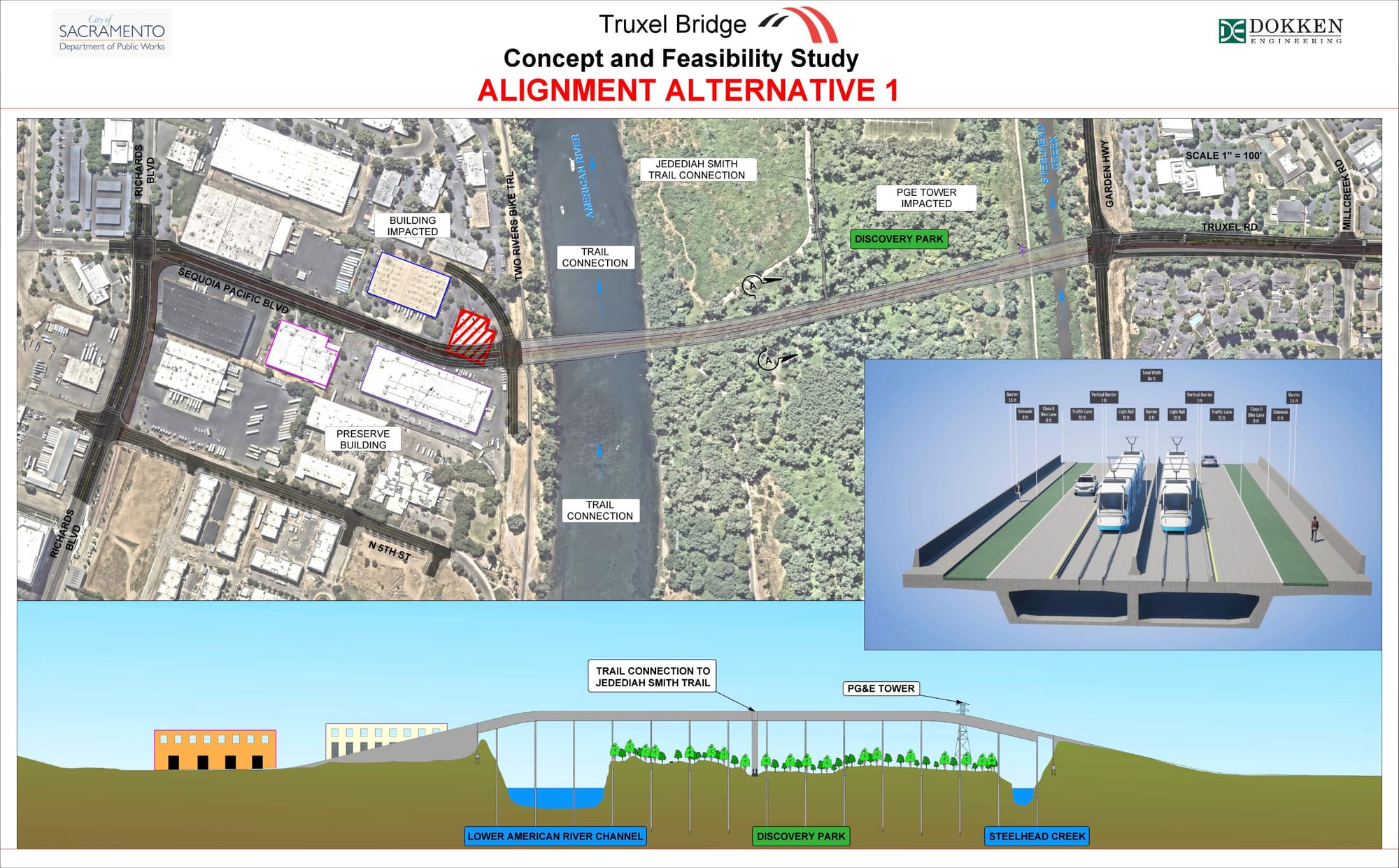
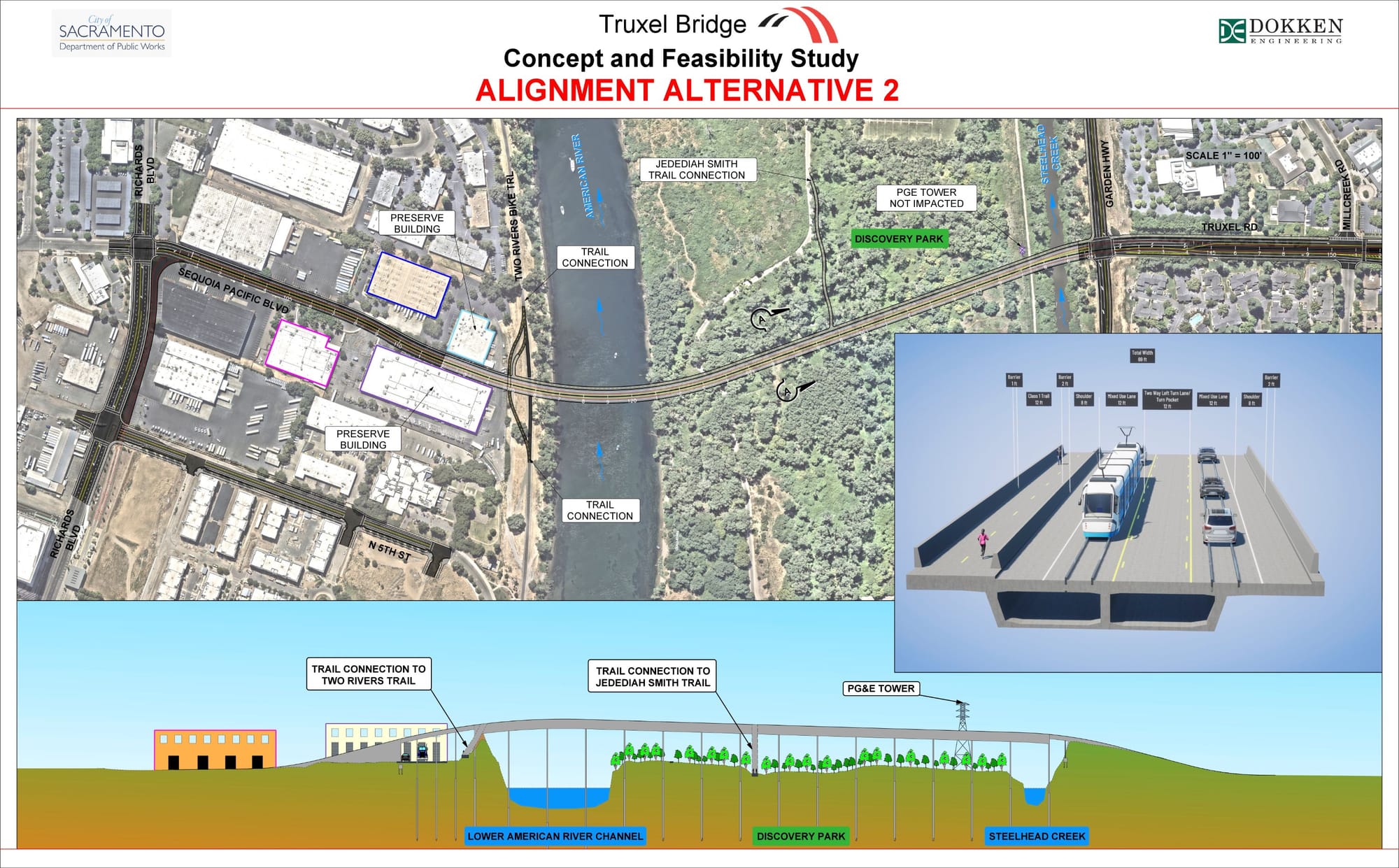
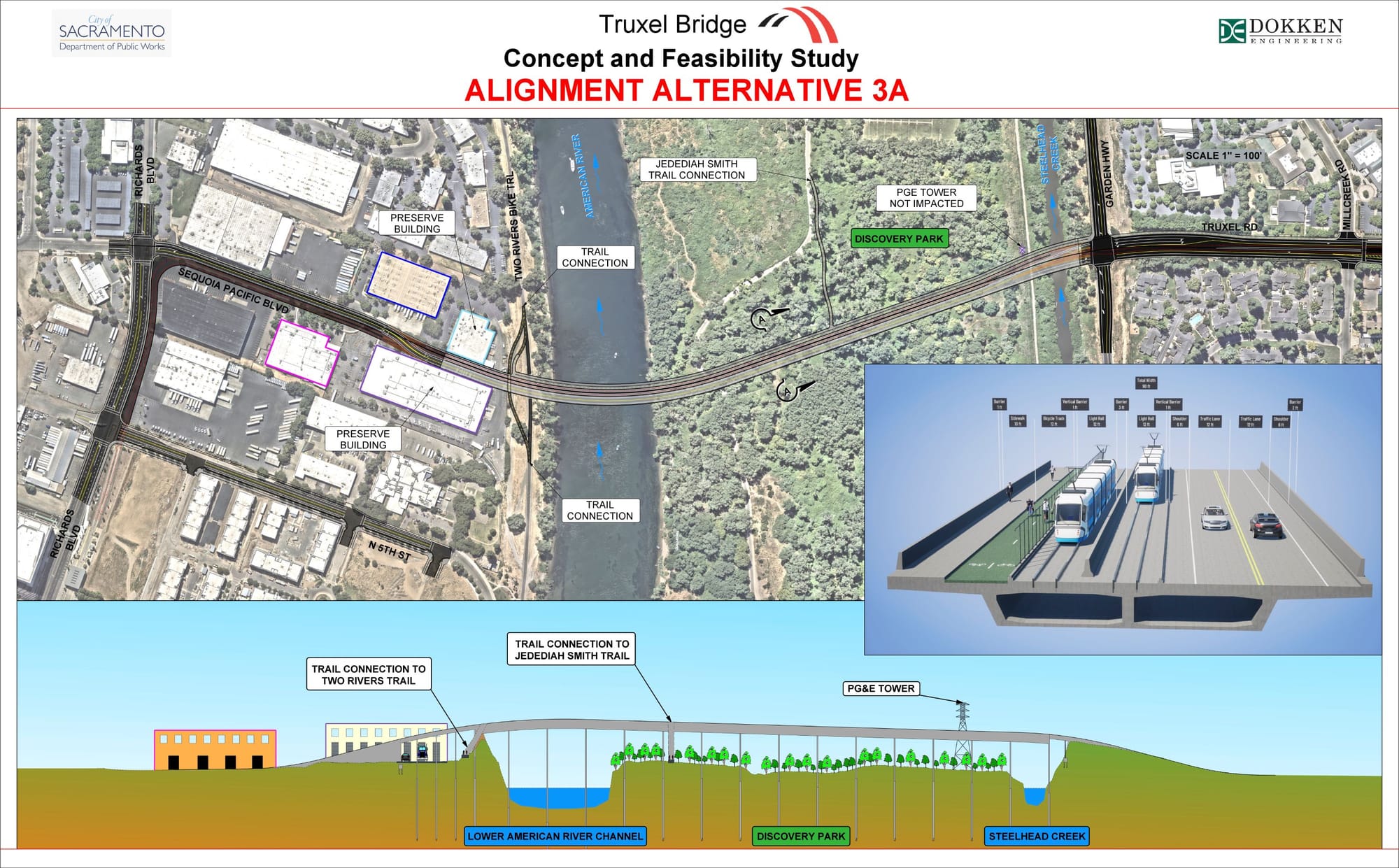
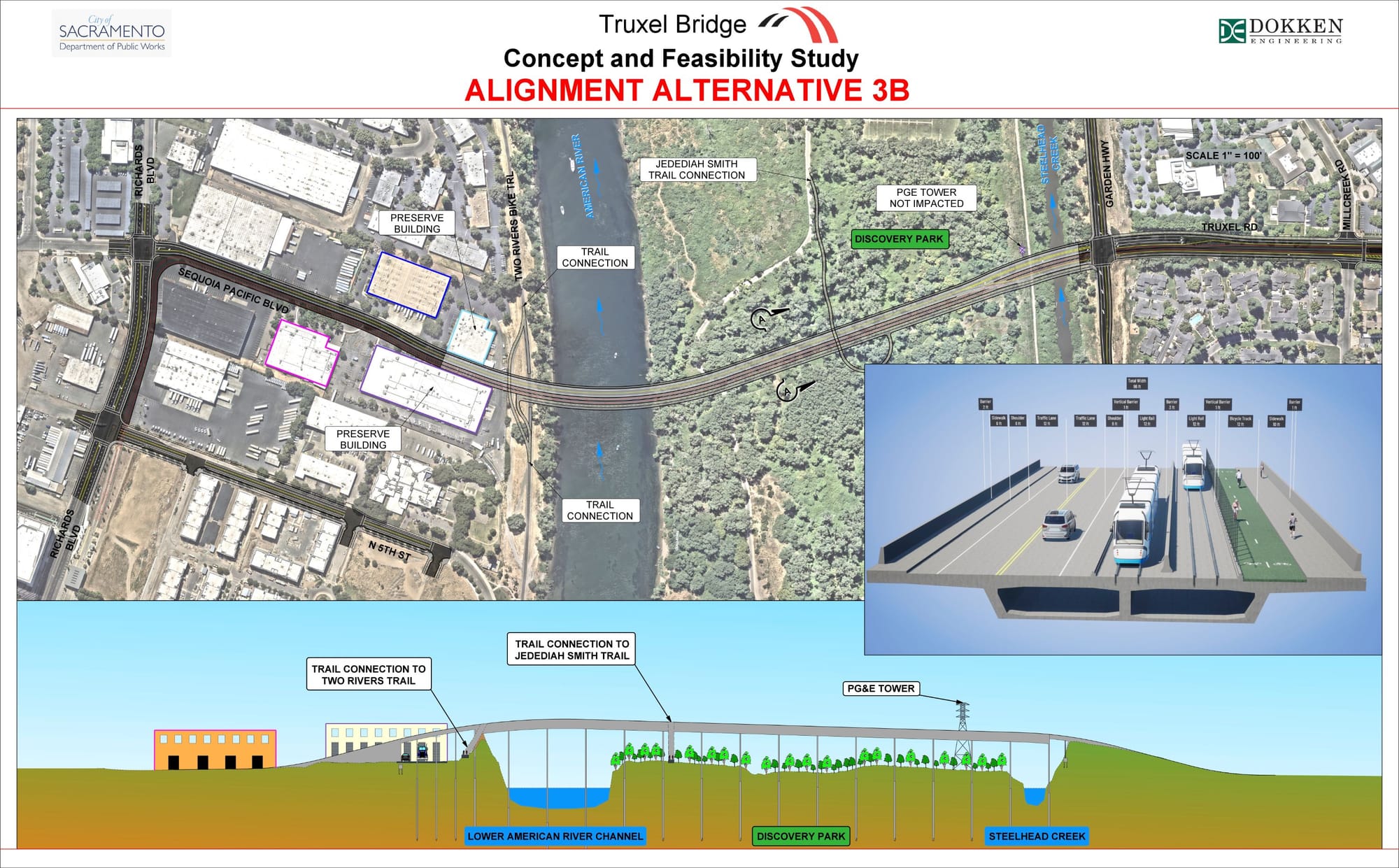
Renderings of four Truxel Bridge alternatives presented by the city at an open house event to gather community feedback.
The estimated project costs are between $179.2 million and $295.3 million, with total costs expected to exceed $500 million.
The Conceptual Plan for the Truxel Bridge is currently being funded through a Caltrans Sustainability grant, which the City of Sacramento secured in collaboration with the Sacramento Area Council of Governments (SACOG). This funding is supplemented by local contributions from the Sacramento Regional Transit District and developer fees.
Future funding for the project will be sourced from a mix of federal funds through the Infrastructure Investment and Jobs Act (IIJA) and other federal programs, as well as state funding from the Road Repair and Accountability Act (SB1) and other sources. Additionally, there will be a variety of local funding sources, including a future transportation sales tax and developer impact fees.
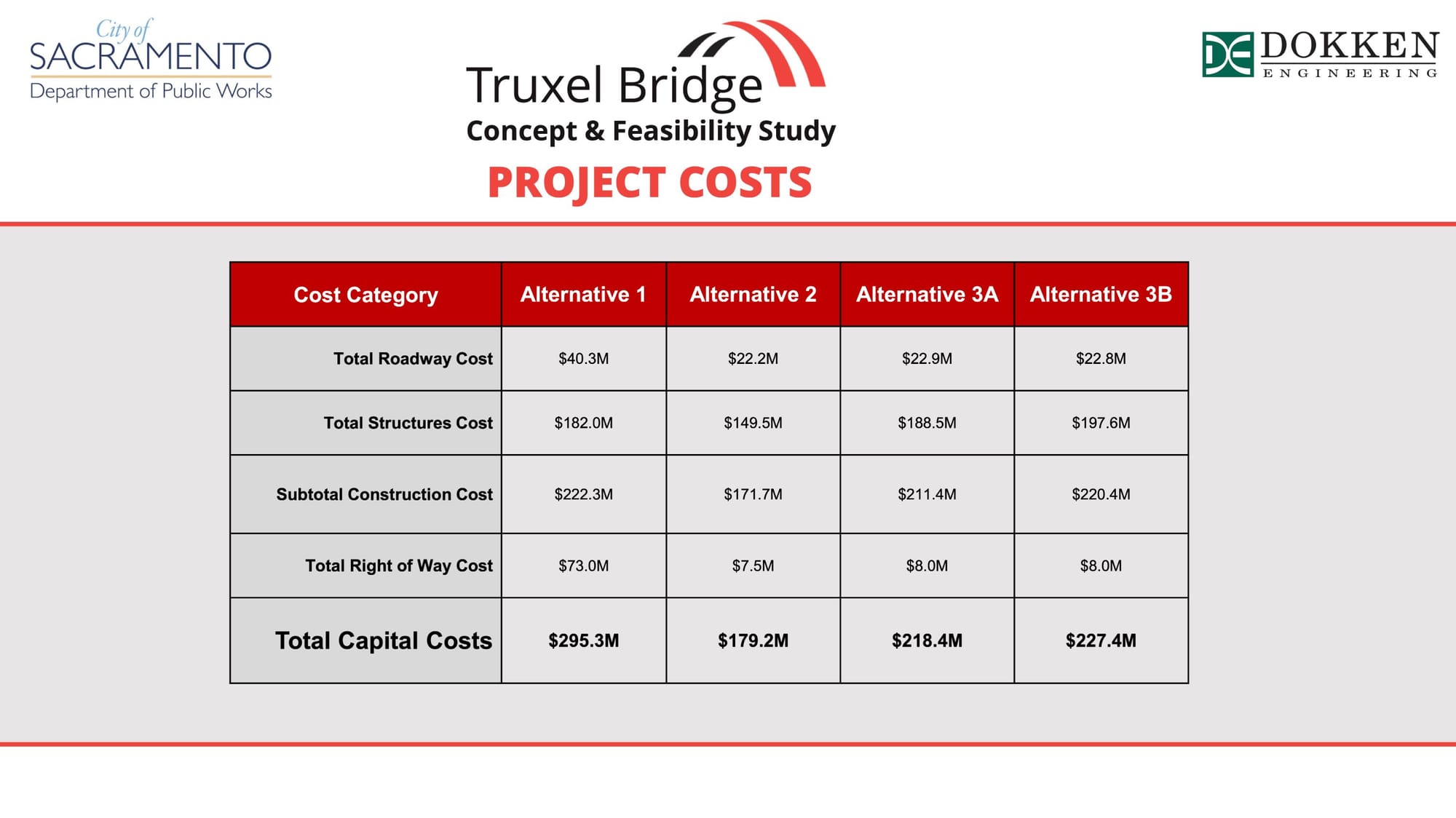
The city will continue to gather community input and aims to have the Environmental Clearance ready by 2027, with construction expected to begin in 2035.
